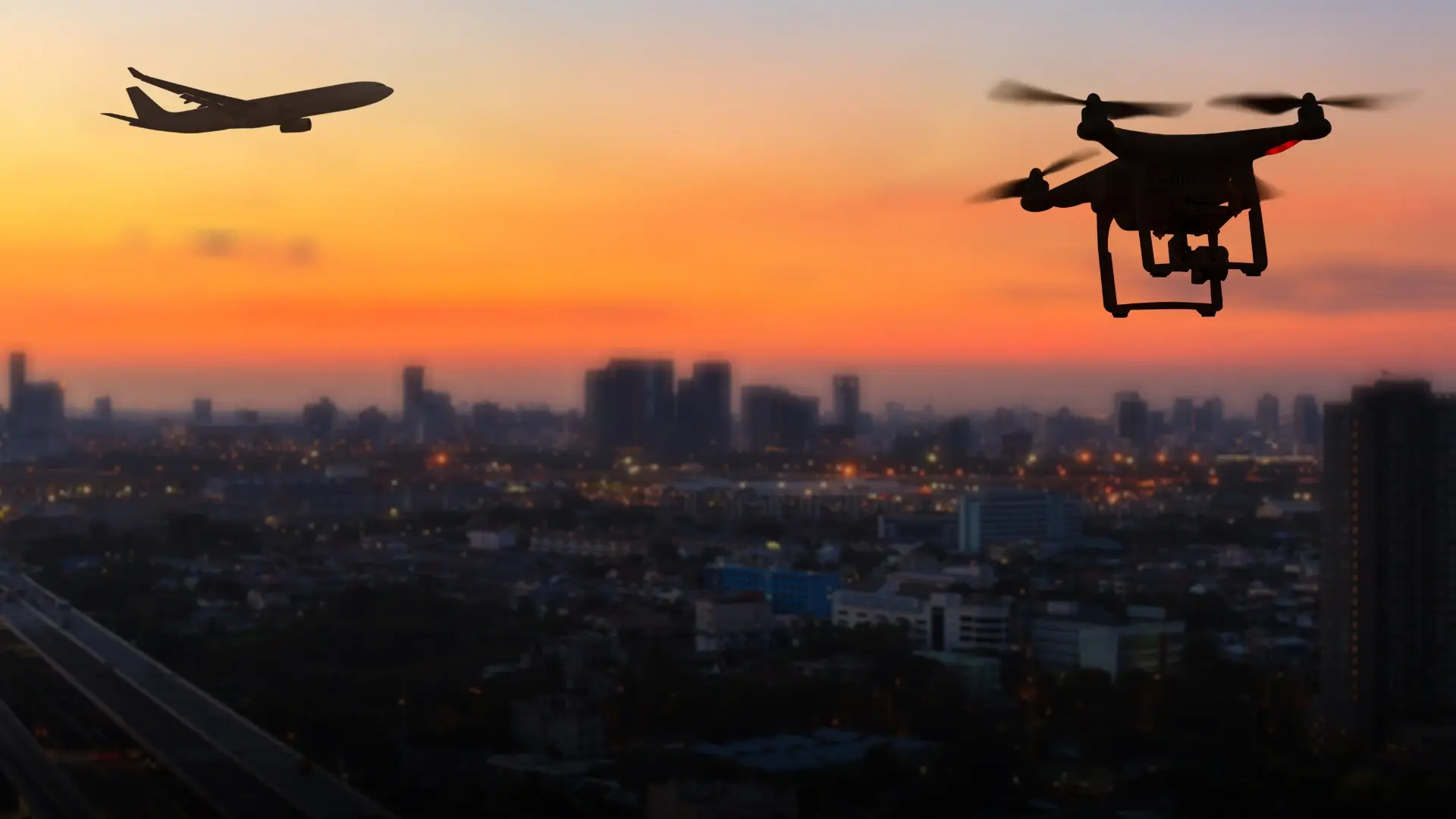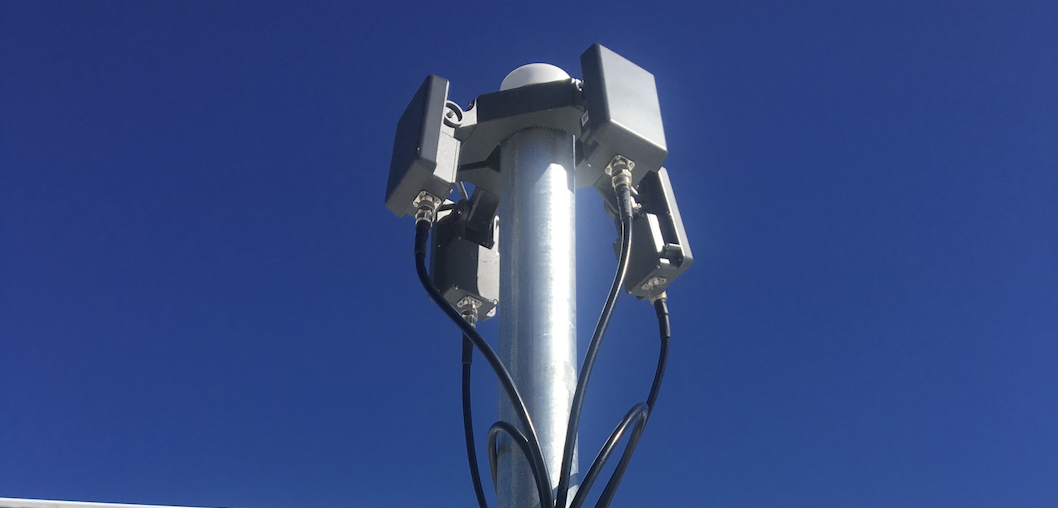As drone technology continues to evolve at an unprecedented pace, so too does the complexity of managing airspace security. From hobbyist pilots to sophisticated unmanned aerial systems (UAS) operated for illicit purposes, aerial threats now span a wide range of risk levels. For security professionals, relying solely on traditional ground-based measures is no longer enough - safeguarding your skies requires a specialized, intelligent, and adaptable drone detection solution.
Understanding the Expanding Threat Landscape
Drones can be used for legitimate, innovative purposes - but they can also pose significant security risks. Potential threats include:
- Unauthorized Surveillance: Gathering sensitive visual or thermal data from restricted areas.
- Contraband Delivery: Particularly in correctional facilities, where drones have been used to drop prohibited goods.
- Airspace Disruption: Interfering with airport operations or public events.
- Critical Infrastructure Attacks: Targeting facilities such as power plants, water treatment facilities, and data centers.
As the U.S. Federal Aviation Administration (FAA) continues to adapt regulations for UAS operations, organizations must proactively address these risks to avoid operational disruptions, reputational harm, and compliance breaches.
Why a Dedicated Drone Detection Solution is Essential
Unlike general surveillance systems, drone detection solutions are purpose-built to identify, classify, and track aerial threats in real time. A comprehensive system doesn’t just raise an alarm; it delivers actionable intelligence that enables security teams to respond effectively before a drone can cause harm.
Key capabilities include:
- Multi-Sensor Detection: Combining radar, RF analysis, and optical verification to maximize accuracy.
- Automated Threat Classification: Differentiating between harmless aerial activity and genuine threats to avoid false alarms.
- Real-Time Tracking: Providing location, altitude, flight path, and even the probable location of the operator.
- Integration with Existing Systems: Feeding directly into VMS, access control, or command-and-control platforms for faster response.
Integrating Drone Detection into Risk Management Frameworks
Drone detection technology should not operate in isolation. To be effective, it must be part of a holistic airspace risk management strategy that includes:
- Threat Assessment: Identifying potential risks based on the facility type, location, and activity patterns.
- Operational Planning: Establishing response protocols aligned with security and regulatory requirements.
- Technology Integration: Ensuring the detection system works seamlessly with ground-based surveillance, intrusion prevention, and incident reporting systems.
- Training & Drills: Empowering security staff with the skills to interpret detection data and take immediate action.
By embedding drone detection into a broader security plan, organizations can shift from a reactive stance to a proactive security posture.
In the ever-changing landscape of airspace security, having a drone detection solution that adapts to every operational environment is key. AirSight’s proven success across complex, high-security sectors ensures your risk management plan isn’t just reactive, but proactive. With technology designed for precision, scalability, and seamless integration, AirSight equips organizations to address aerial threats with confidence.
Contact our specialists to explore how we can tailor a solution for your specific airspace challenges.











